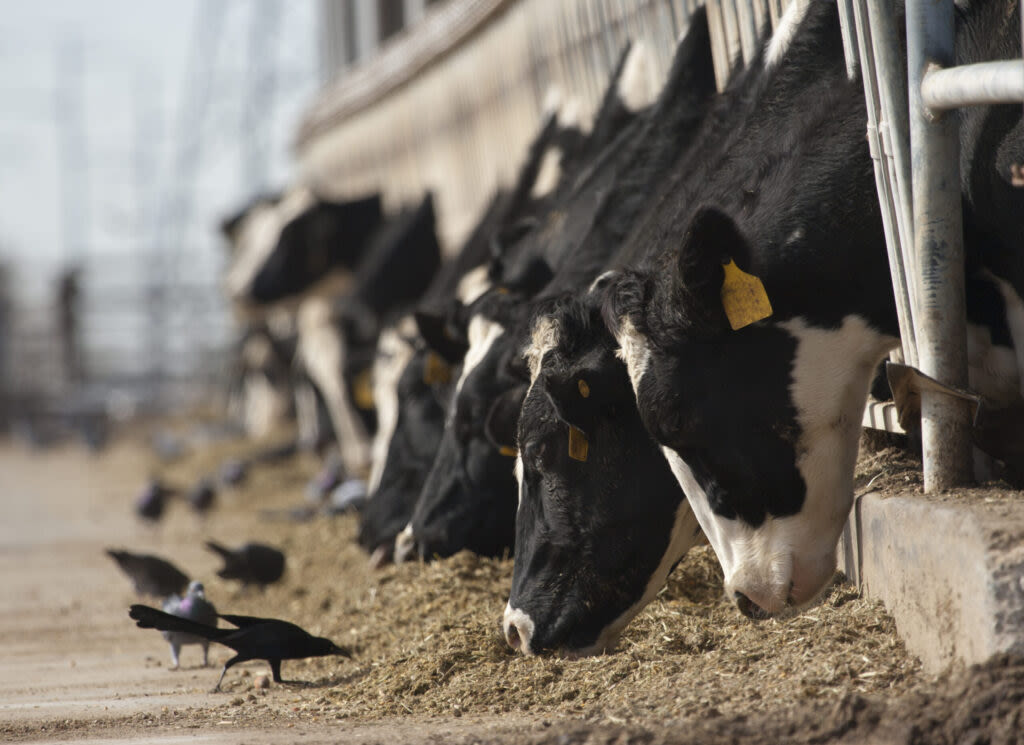Search results
Apr 12, 2024 · Virus, infectious agent of small size and simple composition that can multiply only in living cells of animals, plants, or bacteria. Viruses possess unique infective properties and thus often cause disease in host organisms. Learn about the history, types, and features of viruses.
News about COVID-19, FLiRT variants, scientist
News about H5N1, bird flu, CDC
Also in the news
A viral disease (or viral infection) occurs when an organism's body is invaded by pathogenic viruses, and infectious virus particles (virions) attach to and enter susceptible cells. Examples are the common cold, gastroenteritis and pneumonia.
A virus is a tiny parasite. Virology is the study of viruses. Viruses can only be seen under an electron microscope. Viruses are not free-living: they can only be parasites. They always reproduce inside other living things. All viruses infect living organisms, and may cause disease. The virus make copies of itself inside
Key points: A virus is an infectious particle that reproduces by "commandeering" a host cell and using its machinery to make more viruses. A virus is made up of a DNA or RNA genome inside a protein shell called a capsid. Some viruses have an external membrane envelope. Viruses are very diverse.
Oct 19, 2023 · a complete virus with an RNA or DNA core and protein coat existing outside of a host cell. virus. noun. pathogenic agent that lives and multiplies in a living cell. Viruses are tiny infectious agents that invade host cells and cause disease. Although they are harmful, viruses also have interesting technological potential.
The earliest reports of a coronavirus infection in animals occurred in the late 1920s, when an acute respiratory infection of domesticated chickens emerged in North America. [15] Arthur Schalk and M.C. Hawn in 1931 made the first detailed report which described a new respiratory infection of chickens in North Dakota.
A virus is a submicroscopic infectious agent that replicates only inside the living cells of an organism. Viruses infect all life forms, from animals and plants to microorganisms, including bacteria and archaea. Viruses are found in almost every ecosystem on Earth and are the most numerous type of biological entity.


